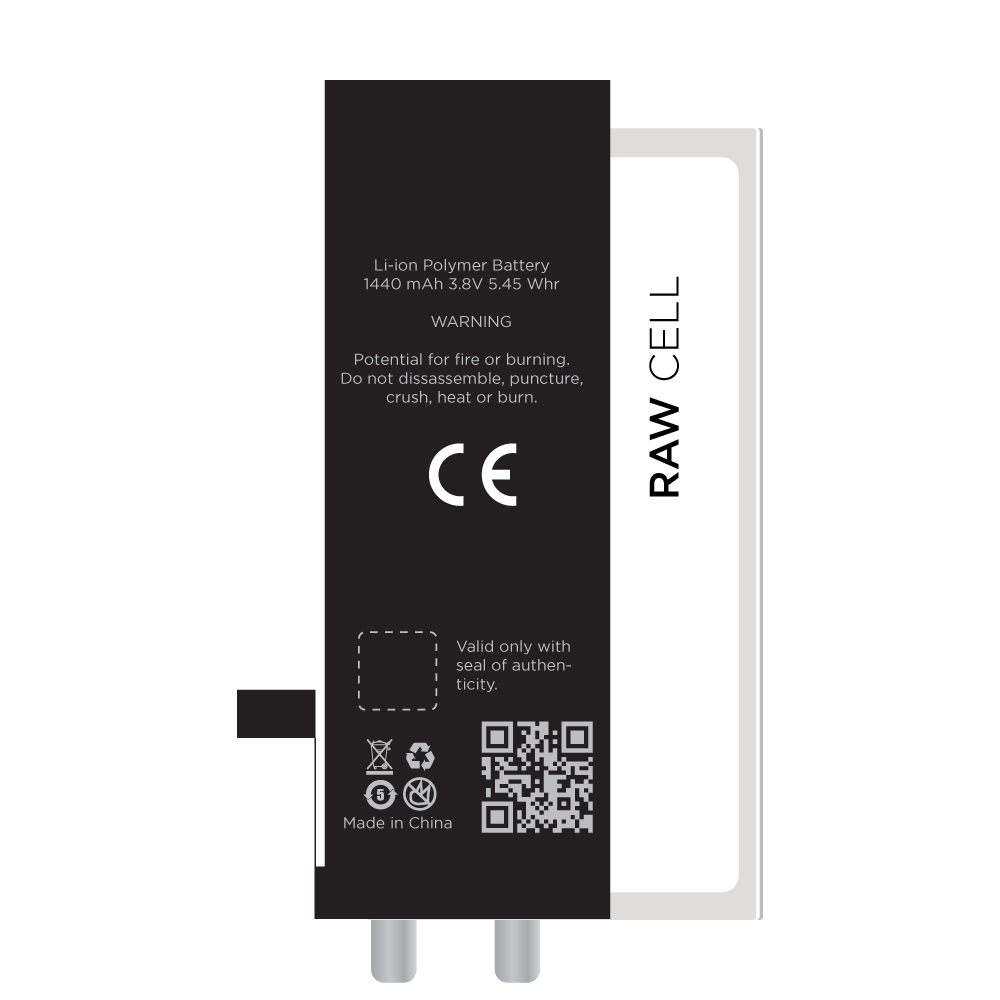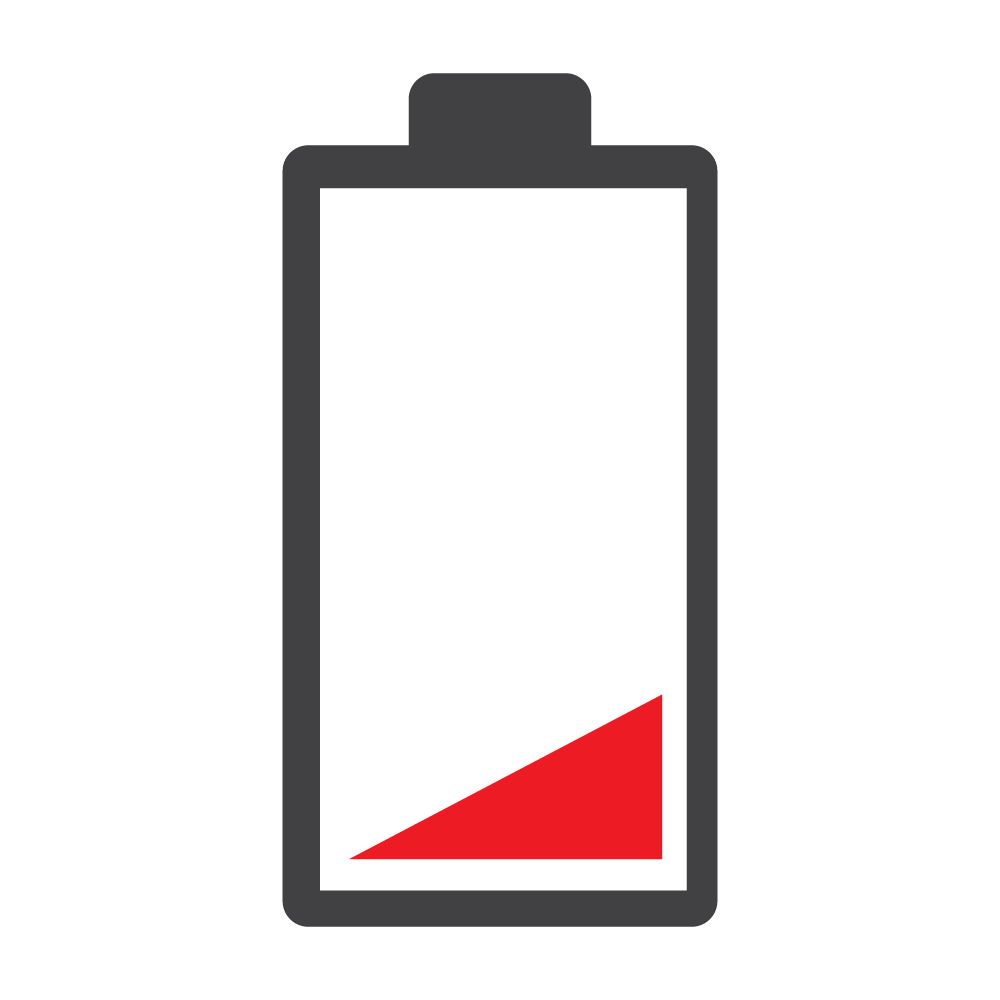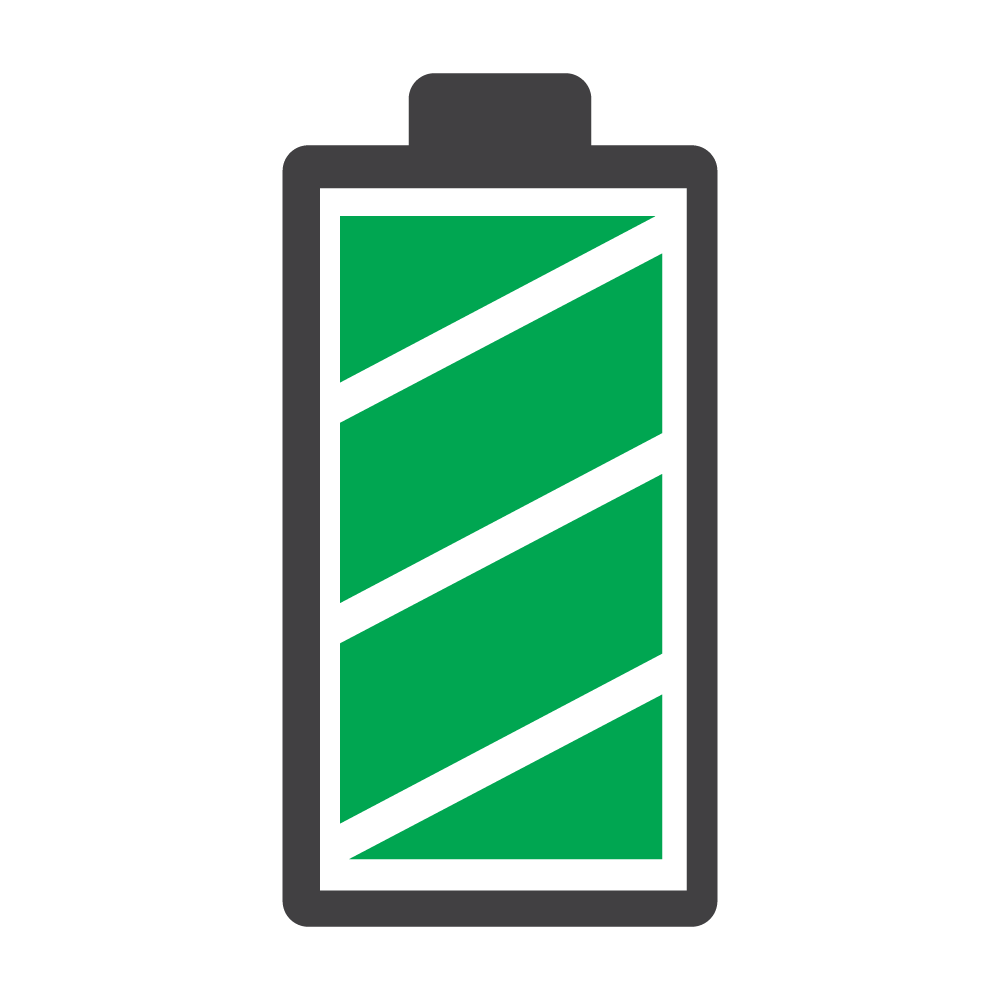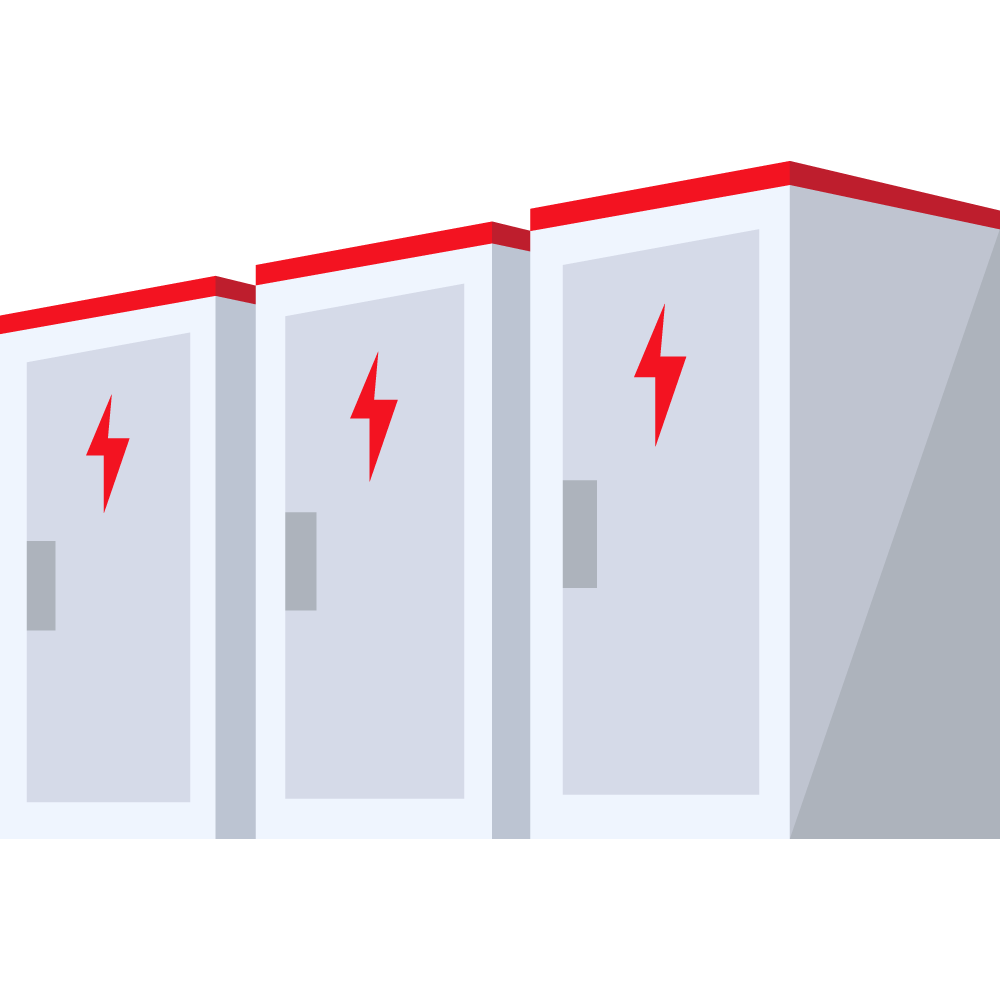Li-ion Battery Safety & Quality
Complete safety documentation
SmartGrade™ maintains UN38.3, CE and Material Safety Data Sheets (MSDS) for our complete line of Li-ion batteries.

UN38.3
Standard UN 38.3: Transportation Testing for Lithium Batteries and Cells ensures that batteries are safe for transport.

CE
The CE mark certifies that batteries meet European standards and criteria and can be sold within Europe.

MSDS
Material Safety Data Sheets (MSDS) are used to outline the best safety practices for usage, handling, storage and transport.
Complete batteries vs. raw battery cells
SmartGrade™ provides both complete battery and raw battery cells for most iPhone models., allowing technicians to bypass iOS errors.


Li-ion battery testing process
SmartGrade™ comprehensively tests each battery for resistance, capacity and safety related issues.

Impedance / Resistance
Batteries with low resistance or impedance issues drain power faster. This is often the most vital and overlooked quality related inspection for Li-ion batteries.

Safety
Each battery is individually verified through visual inspection for safety issues including swelling, punctures, loose flex cables and faulty controllers.

Capacity
Proper capacity testing requires specialized capacity testing equipment, which completely drains the battery's power, then recharges to accurately determine the capacity.
Li-ion storage best practices
General
- Store in a cool, dry, well ventilated environment.
- Keep batteries away from sources of ignition or high temperature.
Storage environment
- Temperature: 15-35°C
- Relative humidity: 65 ± 20φ
Unit power requirements
- Voltage: 3.75 ≈ 3.95V
- Charge: 40 ≈ 70%
Recharging batteries
During storage, batteries will slowly discharge, which can lead to a drop in performance or loss of function.
- Batteries in storage should be recharged every 3 months
- Voltage should be maintained between 3.75V and 3.9V
- Charging with high current/ voltage may affect battery cell performance and safety including leakage or swelling.


Li-ion battery disposal
Li-ion battery disposal should always be managed by a certified battery disposal service. Please contact SmartGrade™ for more information as to local pickup services and drop-off locations near you.
